Okeedoke, we are finishing this fighting style series today! Be sure to check out the previous posts on the subject because several things can influence which fighting style is best for your character. Today, we are looking only at the character size and fighting styles that might suit each hand-to-hand combat. I will mention bleeding out however which is usually a product of weaponry.
Era and Culture Site of the Fight A Closer Look at Your Character
Character Size and Fighting Styles
Larger characters (height and weight):
Advantages:
Reach – Taller characters can reach farther and thus land a strike from farther away. They can also cover a distance with fewer strides.
Weight – Mass has a direct impact on the creation of force. A heavier person has the potential to create more force than a person who weighs less and is the same speed. That weight also gives them ability to hold a smaller person down. Yes, there are techniques the smaller person can use to deal with that weight. But, anyone who says technique always beats size and strength is either not a fighter or hasn’t been fighting long enough. Also, the bodies of heavier people have adapted to carrying more weight which in turn allows that heavier person to carry more weight. This is why power lifters tend to be heavier.
Internal structure – Taller people don’t necessarily have larger organs. When that is the case, the person literally has more room in their body. This may mean that they are better able to survive penetrating injuries.
Blood volume: Larger people have more blood. It takes them longer to bleed out.
Strength: A person with more muscle mass has a greater potential for more strength.
Disadvantages :
Speed – The more something weighs, the more work it takes to get it going. This isn’t to say that larger/taller people are not fast. It is to say that they require more effort to get going. They simply have more to move which can equate to less explosive speed. This is why Usain Bolt, the fastest man on record, tends to be in last place for the first thirty yards (27 meters) of the race. Usain is several inches taller than the average sprinter. It takes more to get him moving. Once he gets going, that greater height gives him a greater stride length and he makes up for lost time.
High Center of Gravity – The center of gravity for a man is his chest. For a woman, it is the hips. The higher that center of gravity is from the ground, the more difficult it can be to maintain balance. From a physics standpoint, taller people are easier to upend. Also, their length requires more torque for rotation. This combined with their higher center of gravity, makes a sudden change in direction more difficult. In essence, from a scientific standpoint, taller people have less potential for agility.
Space Requirements – Larger people need more room to move and more room to fight both standing and on the ground.
Holes in their game – Larger people have larger holds which can be problematic. Think about trying to pick up a screaming toddler. They have the diabolical ability to slip out of our grasp. That is because our hold is larger than what we are trying to hold on to.
Open Targets – The bigger the body, the bigger the target.
Making the most of being big:
As a whole, the larger person has the advantage. Larger characters should capitalize on their mass and reach while being mindful of the speed of the smaller opponent. In other words, don’t underestimate the danger of a smaller opponent. When the smaller person moves in to strike, the larger opponent might be better off grabbing the smaller by the hair or clothes rather than just punching. Smaller opponents are great at evading so getting a grip on them is a good idea. It’s also advantageous to cut off the escape routes of the smaller person and to take the fight to an area where there are few buffers for the smaller person to use defensively. Trying to out maneuver a smaller character is maybe not the best idea for a larger opponent. It could compromise balance.
Punching a smaller opponent will likely be productive. Their body is generally not as sturdy as they have a smaller frame. So, a larger opponent can really do a lot of damage. If the fight goes to the ground, the larger person needs to stay on top to crush the smaller and be mindful of the space they are giving the smaller to escape.
The larger fighter should also be patient. Sometimes it’s best to let the smaller fighter tire out.
Smaller characters:
Advantages:
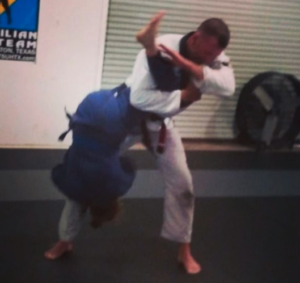
Speed: Smaller people have greater potential for more explosive speed. They have less to move and can just be quicker. That speed allows them to bridge a little of the disparity of force with larger opponents. What a larger person has on the mass side of the equation (F = ma), the smaller has the potential to make up for in speed.
Low Center of Gravity: Smaller people have a the potential for greater balance and agility. They are far better able to change direction quickly. A taller person may be able to catch a shorter in a straight run, but the smaller person may out-maneuver the larger.
Space Requirements: Smaller people need less room to move
Closed Targets: Smaller people are better able to hide their vital targets.
Rely on Technique: Smaller fighters know they probably won’t out-muscle an opponent and rely heavily on technique. Proper technique is efficient and allows the fighter to use less energy while still maximizing the effectiveness of the technique.
Negatives:
Reach: Because of their shorter reach, a smaller person has to get closer to strike. This makes them more vulnerable to attacks. It also means that to cover the same

distance as a longer limbed opponent, the smaller will have to have a much greater foot turn over. More steps require more energy.
Weight: Less weight = less potential to create force. It also means the fighter will have less of an ability to hold the larger down. The smaller combatant can pin the larger opponent down, but their technique has to be on point. And, even then, if the larger opponent is a lot larger, no amount of technique in the world may keep them down. Smaller fighters are also more susceptible to being picked up and carried away.
Blood volume: Less blood volume means less time is needed to bleed out.
Strength: Less muscle mass can equate to less strength. While from a strength to weight ratio the smaller fighter may be stronger than the larger, they probably won’t be able to carry as much weight.
Frailty: Smaller frames tend to more breakable than larger ones. Smaller people are easier to injure.
Making the Most of Being Small:
Look, I’m a little fighter so I know from experience that, as a whole, being the smaller opponent isn’t better. If at all possible, against a larger fighter, the smaller fighter’s wisest course of action is to not engage. They should get away and seek out buffers to put between them and their bigger combatant. If that’s not possible, smaller fighters have to use their speed. They have to out maneuver the larger to evade their more force strikes and hopefully upset the balance of the larger combatant as well. When the larger character opens their body up to maintain balance, they will likely leave targets open.
If the smaller character gets in close, they need to make their strike count: kick the front or side of the knee, gouge the eyes, punch the throat – that last one could kill an opponent. I don’t suggest groin attacks because when adrenaline is running high, groin strikes just aren’t as effective.
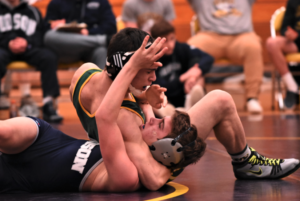
If the smaller person ends up on the ground with the larger, they need to make every effort to get away: Kick the larger character’s face, bite them, gouge the eyes, tear at the ears, go completely bonkers. The smaller character can hold a larger character down from top position in high mount (sitting astride, high on the chest, knees on the ground pushing up the arms). The smaller person may also do well utilizing north/south or kesa gatame (pics at end). In all of these positions, the smaller character needs to watch out for strikes and keep their face and arms away from the larger character’s mouth. That said, if the opponent is a lot bigger, they can get still get up from these positions when the smaller character is doing everything right. So, when the smaller character finds themself in a dominant position, they need to do damage quickly. Chokes are great as are attacks to the knees. I don’t suggest taking the back at all if the larger opponent is twice as big. My larger opponents (100 pounds larger) have stood up with me on their back choking them and they could have thrown themselves down on top of me. On that same note, if a smaller character is choking a larger from the back, the larger can lose consciousness and fall on top of the smaller.
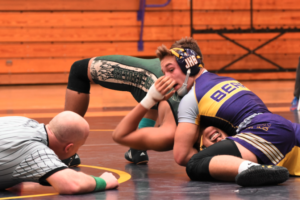
Consider these things as you peruse fighting styles for your characters. There is no best martial art or fighting style and no skill is ever wasted. Just because your character is short doesn’t mean they shouldn’t be a Muay Thai fighter. They just have to consider their strategy since they have a shorter reach. And, a larger character can still be fast and agile. You just have to remember physics isn’t on their side.
Until the next round at FightWrite™, get blood on your pages!
Just for my SEO – Character size and fighting styles 🙂


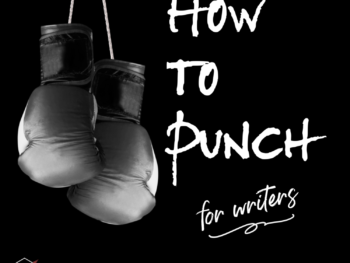
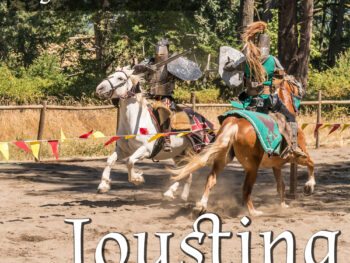
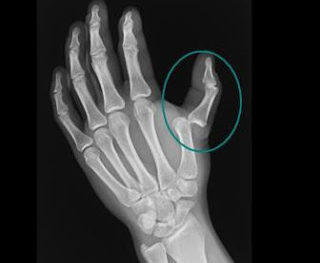
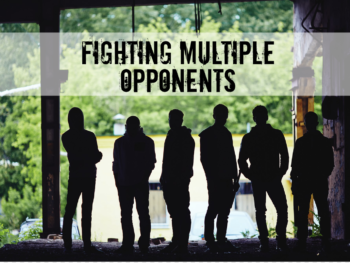
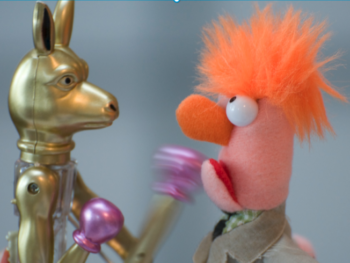
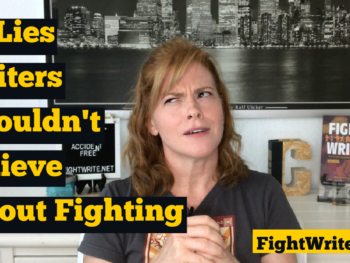
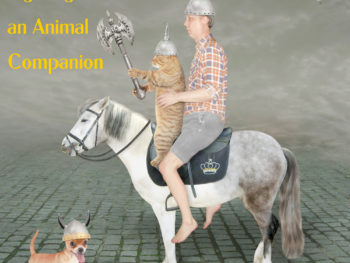
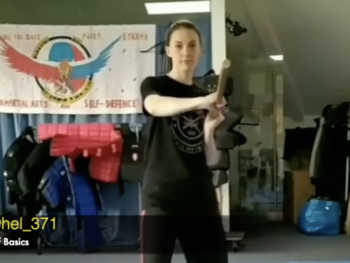
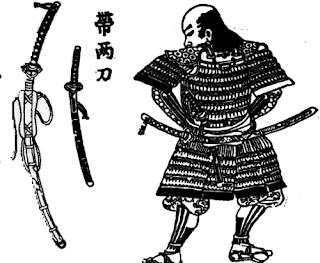
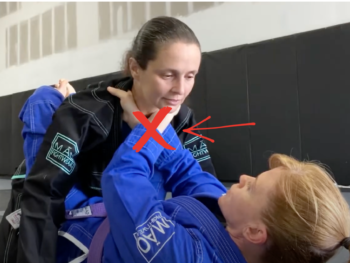
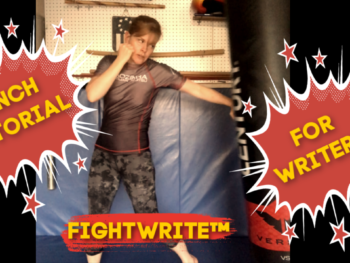

It is really a nice and useful piece of info. I am glad that you shared this helpful information with us. Please keep us up to date like this. Thank you for sharing.
Thanks for sharing excellent informations. Your web site is very cool. I am impressed by the details that you have on this blog. It reveals how nicely you perceive this subject. Bookmarked this website page, will come back for more articles. You, my friend, ROCK! I found just the information I already searched everywhere and just could not come across. What a perfect site.
I always was concerned in this topic and still am, thankyou for putting up.
Magnificent web site. Lots of helpful information here. I am sending it to a few pals ans additionally sharing in delicious. And obviously, thank you for your sweat!
I like the valuable info you provide in your articles. I will bookmark your blog and check again here frequently. I’m quite certain I will learn lots of new stuff right here! Good luck for the next!
My brother suggested I might like this blog. He was totally right. This post truly made my day. You cann’t imagine simply how much time I had spent for this info! Thanks!
That is the precise blog for anybody who wants to find out about this topic. You realize so much its almost laborious to argue with you (not that I really would want…HaHa). You undoubtedly put a brand new spin on a subject thats been written about for years. Great stuff, just great!
Thanks a lot for sharing this with all of us you actually know what you are talking about! Bookmarked. Please also visit my web site =). We could have a link exchange contract between us!
Thanks , I’ve just been searching for info about this subject for ages and yours is the greatest I’ve discovered so far. But, what about the conclusion? Are you sure about the source?
This site is my intake, very fantastic style and perfect subject matter.
I believe that is one of the such a lot important information for me. And i am happy studying your article. However should remark on some basic things, The site style is perfect, the articles is truly great : D. Just right process, cheers
Awesome blog! Do you have any hints for aspiring writers? I’m hoping to start my own site soon but I’m a little lost on everything. Would you suggest starting with a free platform like WordPress or go for a paid option? There are so many options out there that I’m completely overwhelmed .. Any tips? Thanks a lot!
Terrific paintings! That is the type of information that are supposed to be shared across the web. Shame on the seek engines for now not positioning this post upper! Come on over and consult with my site . Thank you =)
I like what you guys are up also. Such clever work and reporting! Carry on the excellent works guys I’ve incorporated you guys to my blogroll. I think it will improve the value of my site :).
Hi, I think your site might be having browser compatibility issues. When I look at your website in Safari, it looks fine but when opening in Internet Explorer, it has some overlapping. I just wanted to give you a quick heads up! Other then that, fantastic blog!
Thank you for the sensible critique. Me & my neighbor were just preparing to do some research on this. We got a grab a book from our area library but I think I learned more clear from this post. I’m very glad to see such excellent info being shared freely out there.
Thank you for sharing excellent informations. Your website is so cool. I’m impressed by the details that you have on this web site. It reveals how nicely you perceive this subject. Bookmarked this website page, will come back for more articles. You, my pal, ROCK! I found just the information I already searched everywhere and simply could not come across. What an ideal web-site.
I believe you have remarked some very interesting points, appreciate it for the post.
Can I just say what a relief to find someone who actually knows what theyre talking about on the internet. You definitely know how to bring an issue to light and make it important. More people need to read this and understand this side of the story. I cant believe youre not more popular because you definitely have the gift.
I love the efforts you have put in this, regards for all the great articles.
Hello, you used to write wonderful, but the last few posts have been kinda boringK I miss your super writings. Past few posts are just a little bit out of track! come on!
Hey! I just wish to give an enormous thumbs up for the good info you’ve here on this post. I will be coming back to your weblog for extra soon.
naturally like your website however you have to take a look at the spelling on several of your posts. A number of them are rife with spelling problems and I find it very bothersome to tell the truth nevertheless I’ll surely come back again.
But a smiling visitant here to share the love (:, btw outstanding style and design.
hello!,I like your writing very much! share we communicate more about your post on AOL? I require an expert on this area to solve my problem. May be that’s you! Looking forward to see you.
Someone essentially help to make significantly articles I would state. That is the first time I frequented your website page and thus far? I amazed with the analysis you made to create this particular submit amazing. Wonderful task!
I definitely wanted to post a small word to say thanks to you for some of the splendid steps you are sharing at this website. My time consuming internet lookup has now been paid with professional ideas to exchange with my relatives. I ‘d claim that we visitors actually are undeniably fortunate to exist in a magnificent site with so many awesome individuals with helpful hints. I feel very lucky to have used your entire webpage and look forward to really more exciting moments reading here. Thank you once more for all the details.
Hello. remarkable job. I did not expect this. This is a impressive story. Thanks!
I used to be suggested this blog by way of my cousin. I’m now not sure whether or not this publish is written by means of him as no one else recognise such exact about my problem. You are incredible! Thanks!
Hey there! Do you know if they make any plugins to help with Search Engine Optimization? I’m trying to get my blog to rank for some targeted keywords but I’m not seeing very good results. If you know of any please share. Thank you!